
Running is regularly enjoyed by millions of people because it’s both good for you and accessible. All you really need is a good pair of running shoes and the willingness to get started.
Running may seem so simple that preparing to start a running routine may sound silly. But learning more about proper running form, how running can help you reach your health goals, how to stay well while running, and more can go a long way in helping you get the most of your new habit.
Benefits of Running
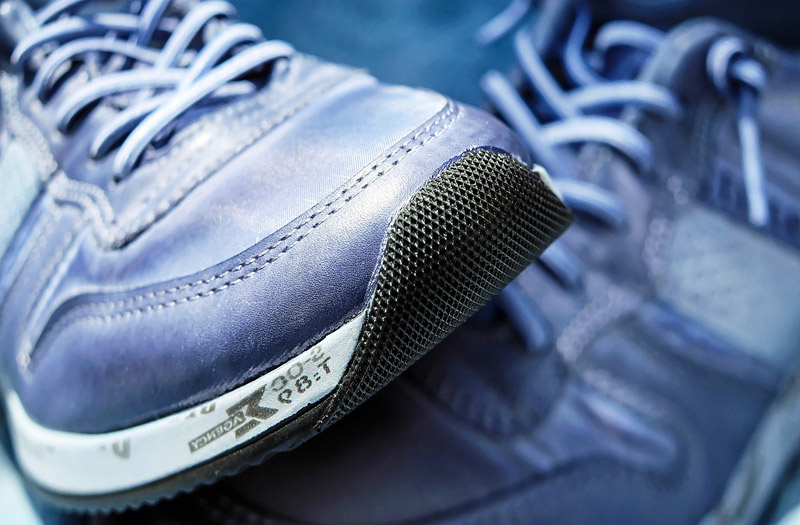
The majority of people who run casually do it for the physical, social, and mental benefits it brings. It also has a “low bar of entry”—you don’t need any fancy equipment, it’s relatively inexpensive, and you can do it almost anywhere. It’s also an activity that spans ages; it’s never too late to start running, as many people who have take up the sport do so in their 50s, 60s, and even 70s.
Here are some of the many other reasons why people choose running:
- It’s one of the most efficient ways to achieve aerobic fitness.
- Running burns a lot of calories and is a smart strategy for weight loss.
- It’s an excellent stress reliever.
- You can run by yourself for some peace and alone time, or with others for social interaction.
- You release endorphins when running and (sometimes) experience a runner’s high.
- You achieve better overall health with improvements such as higher lung capacity, increased metabolism, lower total cholesterol levels, increased energy, and decreased risk of osteoporosis.
Types of Running
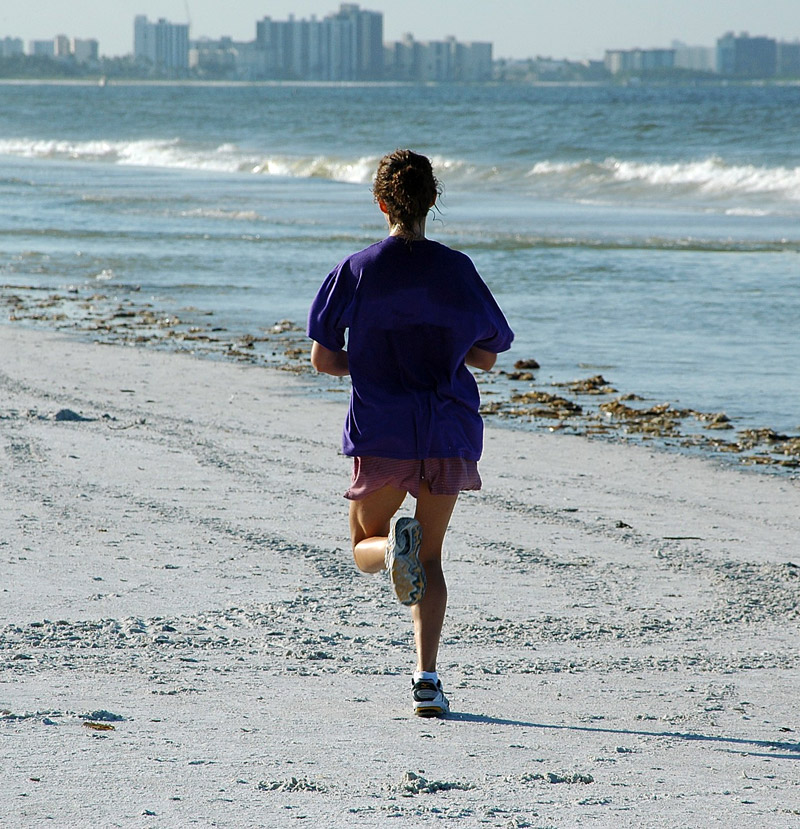
Most runners engage in one or some of the following types of running:
- Road Running: One of the most popular types of running, road running includes running on paved roads, paths, and sidewalks. It’s the most convenient type of running—all you have to do is step out your door and get moving.
- Treadmill Running: A great alternative to running outside when the weather is bad, treadmill running is usually easier than outdoor running and can be gentler on your joints. Most treadmills allow runners to change their pace, incline, and resistance so they can simulate outdoor running and vary their workouts to prevent boredom.
- Racing: Some runners enjoy the thrill and competition of participating in road races, from 5Ks to half and full marathons. The vast majority of people enter races not to win (or even come close), but to set a personal goal and achieve it. Many former couch potatoes have become hooked on the sport after training for their first road race.
- Trail Running: For those who love to enjoy scenery and peaceful surroundings while exercising, trail running is a great option. Trail running usually takes place on hiking trails of varying terrain, from deserts to mountains. Trail runners may find themselves sidestepping roots, climbing over logs, running through streams, or traversing up steep hills.
- Track Running: Some runners like running on a track for safety and convenience. On a track, you don’t have to worry about cars, cyclists, or animals, and it’s easy to measure how far you’re running. The track is also a great place work on targeted speed workouts once you’re ready to pick up the pace.
How to Get Started With Running
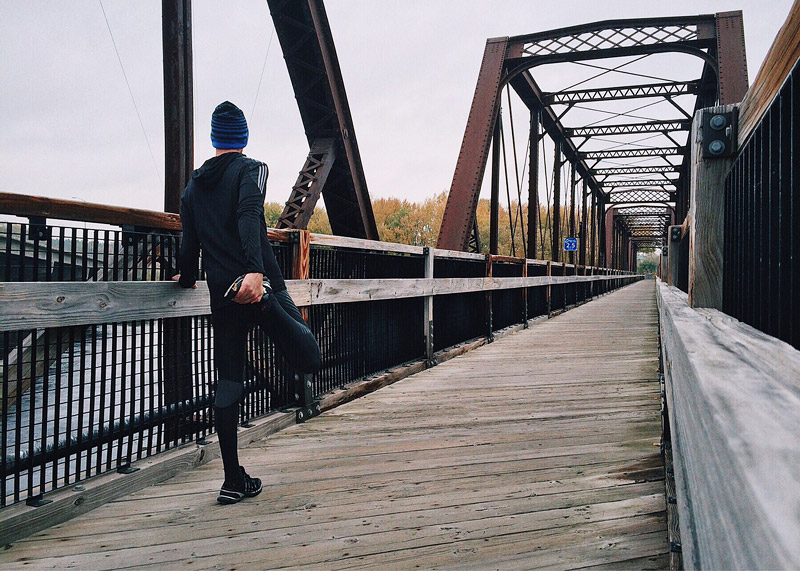
Whether you’re brand new to running or you’re getting back to it after a long break, it’s important to start out easy and build up gradually so you avoid injury. Here are some tips to get you started off on the right foot:
- If you’ve been sendentary for over a year, check with your doctor before you start a running program. While your doctor will most likely support a new exercise habit, he or she may offer some advice and precautions.
- Wear a pair of running shoes that fit comfortably and are the right type of shoes for your foot and running style. Visit a specialty running store to get fitted for the best shoes for you.
- Do a warm up before you start running. Walk or do an easy jog for 5 to 10 minutes, or do some warm-up exercises.
- Make sure you follow running safety advice, such as going against traffic when running on roads.
- Start with run/walk, or alternating between intervals of running and walking. Start with one minute of running and one minute of walking, and then try to increase the running intervals. As you become more comfortable, make the switch to all running.
- Keep a comfortable, conversational pace. If you can’t speak in full sentences, slow down. If you’re running alone, try talking to yourself.
- Breathe in through your nose and mouth so you can get the most amount of oxygen. Try doing deep belly breathing to avoid side stitches or cramps.
- Aim for frequency rather than speed or distance. Establish a weekly running schedule to get into a regular running habit.
- Cool down by doing some easy jogging or walking after your runs. Some gentle stretching after will help you avoid tight muscles.
Proper Running Form
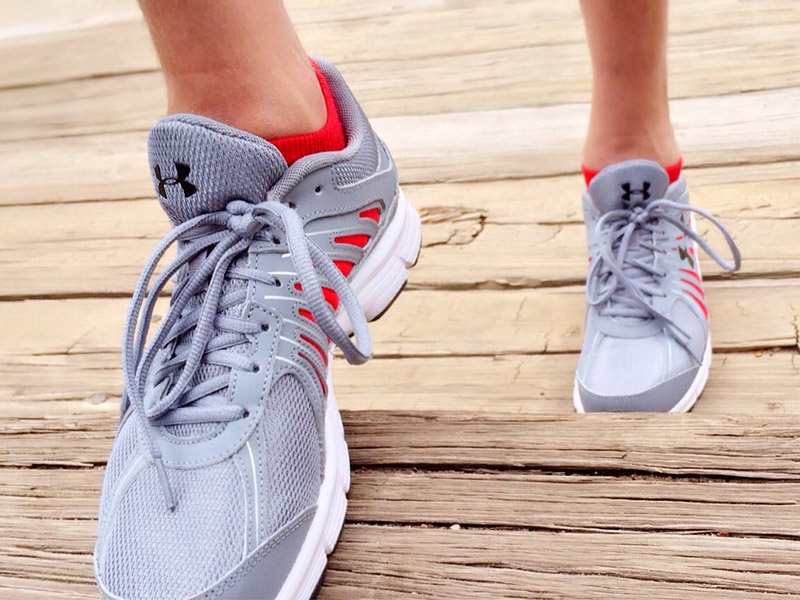
Running is a natural movement, but using proper running form will help you become more efficient, conserve energy, and avoid injury and discomfort.
Here are some basic form tips:
- Keep your posture straight and erect. Your head should be up, your back straight, and shoulders level. Keep your shoulders under your ears and maintain a neutral pelvis. Make sure you’re not leaning forward or back at your waist, which some runners do as they get tired.
- Your shoulders should be relaxed and square or facing forward, not hunched over. Rounding the shoulders too far forward tends to tighten the chest and restrict breathing.
- Look ahead. Focus your eyes on the ground about 10 to 20 feet in front of you.
- Your arms should swing back and forth from your shoulder joint, not your elbow joint. Drive your elbow backward and then let it swing back toward you. Your hand should be almost grazing your hip as your arm comes back in front of you.
- As you run, keep your arms and hands as relaxed as possible. You can gently cup your hands, as if you are holding an egg and you don’t want to break it. Don’t clench your fists because it can lead to tension in your arms, shoulders, and neck.
- Try to keep your hands at waist level, right about where they might lightly brush your hip. Your arms should be at a 90-degree angle.
- Don’t be a toe runner or a heel-striker. If you land on your toes, your calves will get tight or you’ll fatigue quickly, and you may develop shin pain. Landing on your heels means you have overstrided and you’re breaking, which wastes energy and may cause injury. Try to land on the middle of your foot, and then roll through to the front of your toes.
Cross-Training

It’s a good idea to mix other activities into your training regimen. Cycling, swimming, deep water running, skating, or using an elliptical trainer are all complementary aerobic exercises that will help you avoid getting burned out. Cross-training helps to balance different muscle groups, prevent overuse injuries, and mix up your workout routine. Strength-training one to two times a week can also help with injury prevention.
Running in Bad Weather
While we’d all wish for perfect, cool running weather all year-long, we know that there will be plenty of times when the weather conditions will be less than ideal for running. Here are some recommendations for staying safe and healthy and still getting your runs in:
Cold Weather Running

- Dress in layers. Start with a thin layer of synthetic material such as polypropylene, which wicks sweat from your body. Stay away from cotton because it holds the moisture and will keep you wet. An outer, breathable layer of nylon or Gore-Tex will help protect you against wind and precipitation, while still letting out heat and moisture to prevent overheating and chilling. If it’s really cold out, you’ll need a middle layer, such as polar fleece, for added insulation.
- Cover your head and extremities. Wearing a hat will help prevent heat loss, so your circulatory system will have more heat to distribute to the rest of the body. Wear gloves or mittens on your hands and warm socks on your feet.
- Don’t overdress. You’re going to warm up once you get moving, so you should feel a little bit chilly when you start your run. If you’re warm and comfortable when you first start, you’re going to start sweating very early in your run. A good rule of thumb: Dress as if it’s 20 degrees warmer outside than it really is. Get more tips for how to dress for cold weather running.
Hot Weather Running
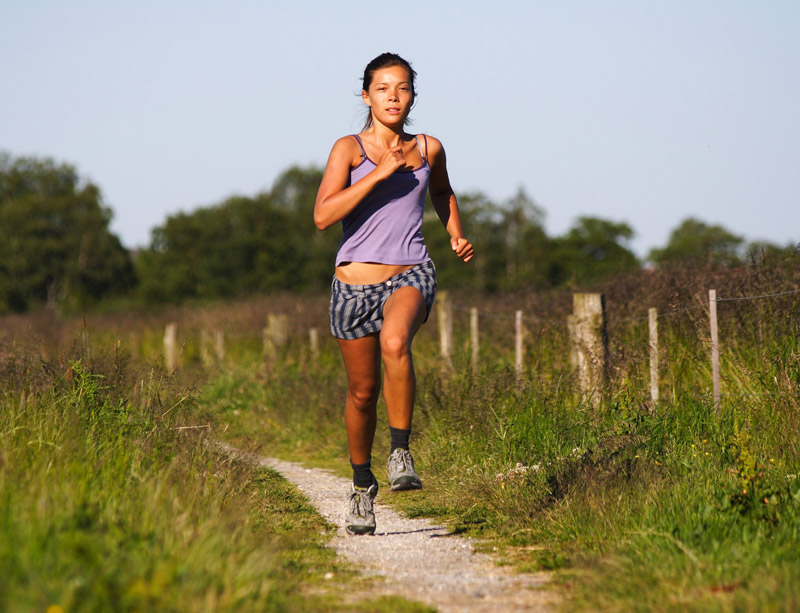
- Light-colored, loose-fitting clothing will help your body breathe and cool itself down naturally. Tight clothing restricts that process and dark colors absorb the sun’s light and heat. Wear synthetic fabrics (not cotton) because they will wick moisture away from your skin so cooling evaporation can occur. If you want to wear something on your head to block the sun, wear a visor. A hat is too constrictive and traps heat. Get more tips for how to dress for warm weather running.
- In addition to drinking water when thirsty, you can use water to cool yourself during runs. If you’re overheating, splashing water on your head and body will cool you down quickly and have a lasting effect as the water evaporates from your skin. Good spots to splash cold water are your head, back of your neck, and under your arms.
- On a race day (or during any intense workout), take the weather conditions into account. Hot and humid conditions are not the time to try to push your pace. Don’t try to beat the heat. Slow down, take walking breaks, and save your hard efforts for cooler weather. If the conditions are really brutal, do some treadmill running, if that’s an option.
Hydration and Nutrition for Runners
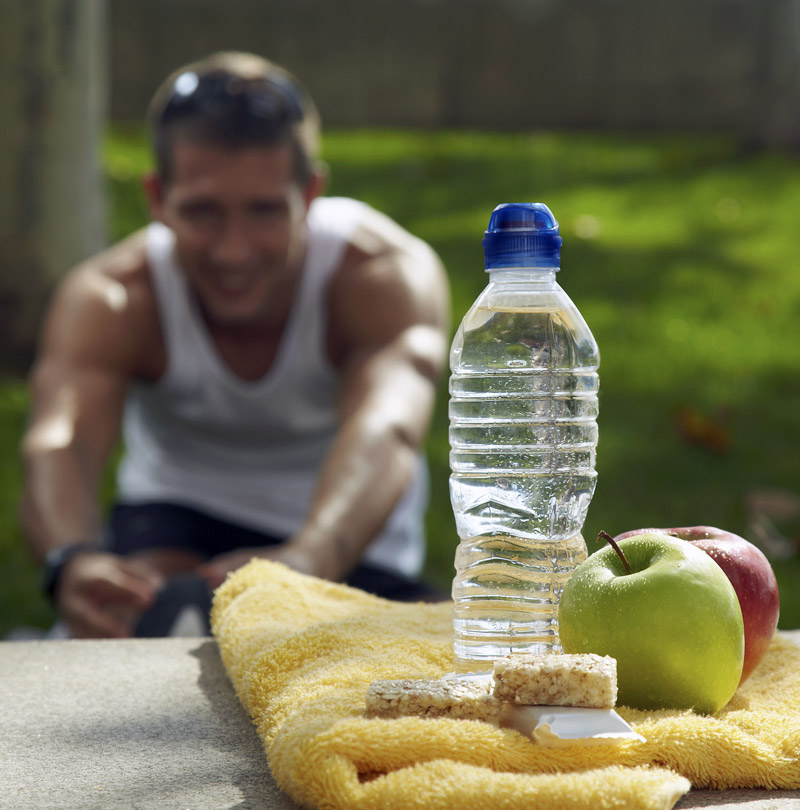
You lose water through sweat, whether it’s cold or hot out, so you need to drink before, during, and after your runs. When running, you should pay attention to your thirst and drink when thirsty. If you’re looking for a general rule of thumb for fluid consumption during your runs, you should take in four to six ounces of fluid every 20 minutes during your runs. Runners running faster than eight-minute miles should drink six to eight ounces every 20 minutes.
Here are some specific tips for long runs or races:
- Start hydrating several days before a long run or race. You can hydrate with plain water; you don’t have to drink sports drinks.
- An hour before you start your run, try to drink about 16 ounces of water or other non-caffeinated fluid. Stop drinking at that point, so that you can void extra fluids and prevent having to stop to go to the bathroom during your run.
- If you don’t have access to water on your running routes, you’ll have to carry your own fluids with you. Check out some fluid carriers that you can use to hold your fluids while you run. However, if you’re running in a race, you shouldn’t have to carry your own fluids because there should be water stops on the course.
- During longer workouts (90 minutes or more), some of your fluid intake should include a sports drink (like Gatorade) to replace lost sodium and other minerals (electrolytes). The carbohydrates and electrolytes in the sports drink also help you absorb the fluids faster.
- Make sure you rehydrate after your long runs. If your urine is dark yellow, you’re dehydrated. Keep hydrating until your urine is a light yellow color, like lemonade.
What you eat before, during, and after a run has a big effect on your performance and recovery.
- Before a run, you should eat something light that’s high in carbohydrates but low in fat, protein, and fiber. Aim to finish eating 90 to 120 minutes before you start running.
- If you’re going to be running longer than 90 minutes, you’ll need to replace some of the energy you’re burning. A general rule of thumb is to consume 100 calories after an hour and another 100 calories every 45 minutes. Good food sources that are easy to carry and eat on the run include energy gels and chews, sports bars, or candy.
- After a long run, to restore muscle glycogen (stored glucose), eat some carbs and protein within 30 minutes of finishing your run. A good ratio of carbs to protein is 3 to 1.




Leave a Reply